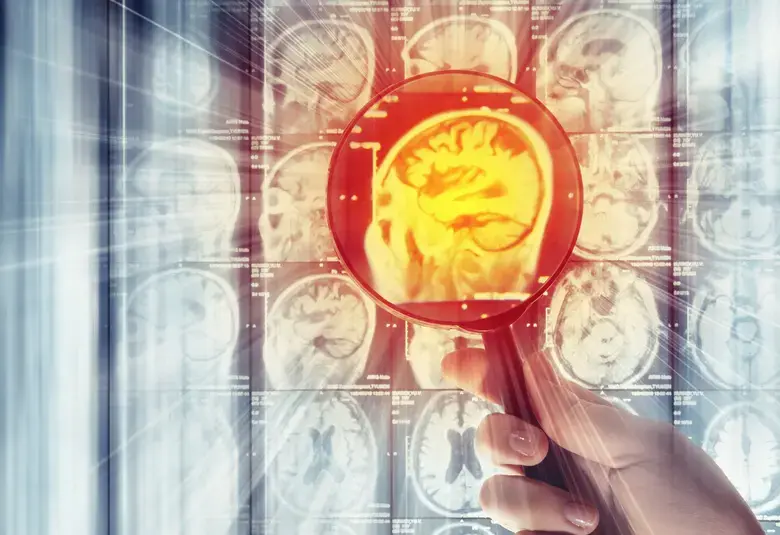In this session, Prof Pierre Llorca, France, presented important publications in the field of schizophreniform disorders in the previous year.
Main symptomatic treatment targets in suspected and early psychosis: New insights from a network analysis
This publication reported on a network analysis of the symptoms of schizophrenia1. Through this analysis, relationships between different symptoms were identified, and several bridge symptoms in the network were defined that may have a role in exacerbation of the disease. These bridge symptoms are therefore a potential target for specific treatment strategies, as their effective treatment may help preventing the psychotic symptomatology from spreading across the whole network.
Treatment of bridge symptoms may help stopping the symptomatology of schizophrenia spreading
Cerebellar–Prefrontal network connectivity and negative symptoms in schizophrenia
fMRI was used in a cohort of patients with early schizophrenia to identify changes related to negative symptoms2. A connectivity breakdown between the right dorsolateral prefrontal cortex (DLPFC) and the midline cerebellar node in the default network was the most significant predictor of negative symptom severity. In a second group of patients, transcranial magnetic stimulation (TMS) was then applied to the midline cerebellum to target this brain network. After 1 week of twice-daily treatment, patients showed a specific improvement in negative symptoms related to the use of TMS. Moreover, this symptomatic change was correlated to a change in connectivity between the cerebellum and DLPFC.
The results therefore provide some empirical support for a causal relationship between dysfunctional connectivity and psychopathology. They also point to functional connectivity as a useful marker of efficacy for therapeutic interventions in the treatment of the negative symptoms of schizophrenia.
Some empirical support for a causal relationship between dysfunctional connectivity and psychopathology was found
Association of antipsychotic polypharmacy versus monotherapy with psychiatric rehospitalisation among adults with schizophrenia
This study explored the association between use of monotherapy and polytherapy combinations of antipsychotics and the risk of psychiatric rehospitalization in a cohort of more than 62 000 patients with schizophrenia in Finland3. The risk of psychiatric rehospitalization was 7–13% lower during any polypharmacy than any monotherapy period.
Results from this study suggest that antipsychotic polypharmacy may be superior for maintenance (as opposed to acute) treatment. Rational antipsychotic polypharmacy may well be of clinical use – employing two antipsychotics with different types of receptor profiles.
End-of-life care among patients with schizophrenia and cancer
In this population-based cohort study, patients with schizophrenia who died with cancer were compared with those without a diagnosis of mental illness4. Patients with schizophrenia died younger and sooner after cancer diagnosis than controls. They were also more likely to receive palliative care, and less likely to receive high-intensity care.
The study identified disparities in healthcare between patients with schizophrenia and cancer and those who did not have a mental disorder. These findings underscore the need for better understanding of health inequalities so that effective interventions can be developed for this vulnerable population.
Health inequalities for patients with schizophrenia can have profound consequences
The contribution of cannabis use to variation in the incidence of psychotic disorder across Europe
This paper reported an evaluation of the relationship between cannabis use and the incidence of psychotic disorder, alongside the patterns of cannabis use and potency in 10 sites in Europe5.
The strongest independent predictors of whether any given individual would have a psychotic disorder were daily use of cannabis and use of high-potency cannabis. Differences in these risk factors contributed to the striking variation in the incidence of psychotic disorder across the different European sites. Given the increasing availability of high-potency cannabis, this has important implications for public health.
For the latest updates on sea.progress.im, subscribe to our Telegram Channel https://bit.ly/telePiM
Our correspondent’s highlights from the symposium are meant as a fair representation of the scientific content presented. The views and opinions expressed on this page do not necessarily reflect those of Lundbeck.




